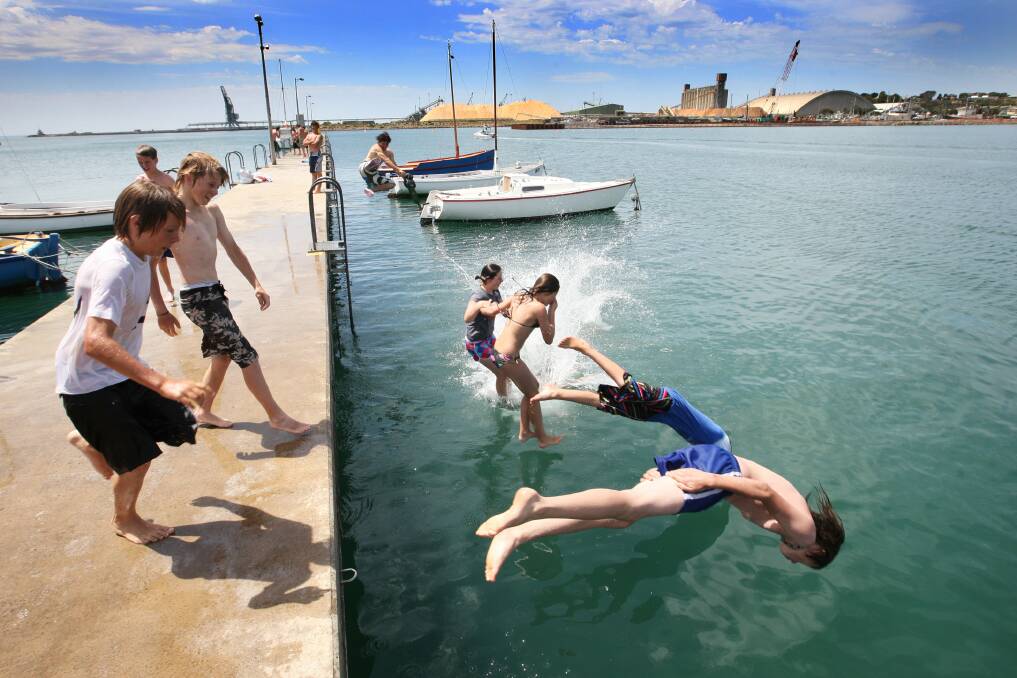DISCUSSIONS with the state government on a $230 million wave energy project in Portland are under way, with the project on track to begin by the end of 2013.
Subscribe now for unlimited access.
$0/
(min cost $0)
or signup to continue reading
The federal government provided $66 million to Victorian Wave Partners for what would be the world’s largest wave energy project.
Ocean Power Technologies chief executive Charles Dunleavy has been in Australia to meet with key stakeholders and said there has been very good feedback.
The global company Ocean Power Technologies is the parent company of Victorian Wave Partners.
Mr Dunleavy told The Standard the project meant there was the opportunity to provide electricity to Portland.
He said an additional $160 million was needed and he had met with potential investors, both private and government, while in Australia.
The Portland project would be a 19-megawatt wave power station which would create enough electricity to power about 10,000 homes.
“There has been great support for the project,” Mr Dunleavy said.
“We’re doing all we can to ensure it is a successful project.
“The support has been very encouraging.”
Mr Dunleavy said the project would make use of local resources and people.
He said talks with local and state government were continuing to make sure everyone was comfortable with the project.
“We still need state government approval,” Mr Dunleavy said.
“It’s a new technology. We need to make sure everyone does their job.”
Ocean Power Technologies executive vice-chairman George Taylor said the technology had been developed and tested over the last 10 years.
“In Portland the wave energy is excellent,” Dr Taylor said.
“The facilities are perfect. It’s very close to the main electricity grid.”
Dr Taylor said he expected the building of the first buoy to begin by the end of 2013 or the beginning of 2014.
“The building of the first buoy will be very labour intensive,” he said.
“It would probably take between 30 to 40 people.”
Portland manufacturer Keppel Prince Engineering will build equipment for the project, which will result in a total of 45 energy-generating buoys would be placed between five and six kilometres offshore.


